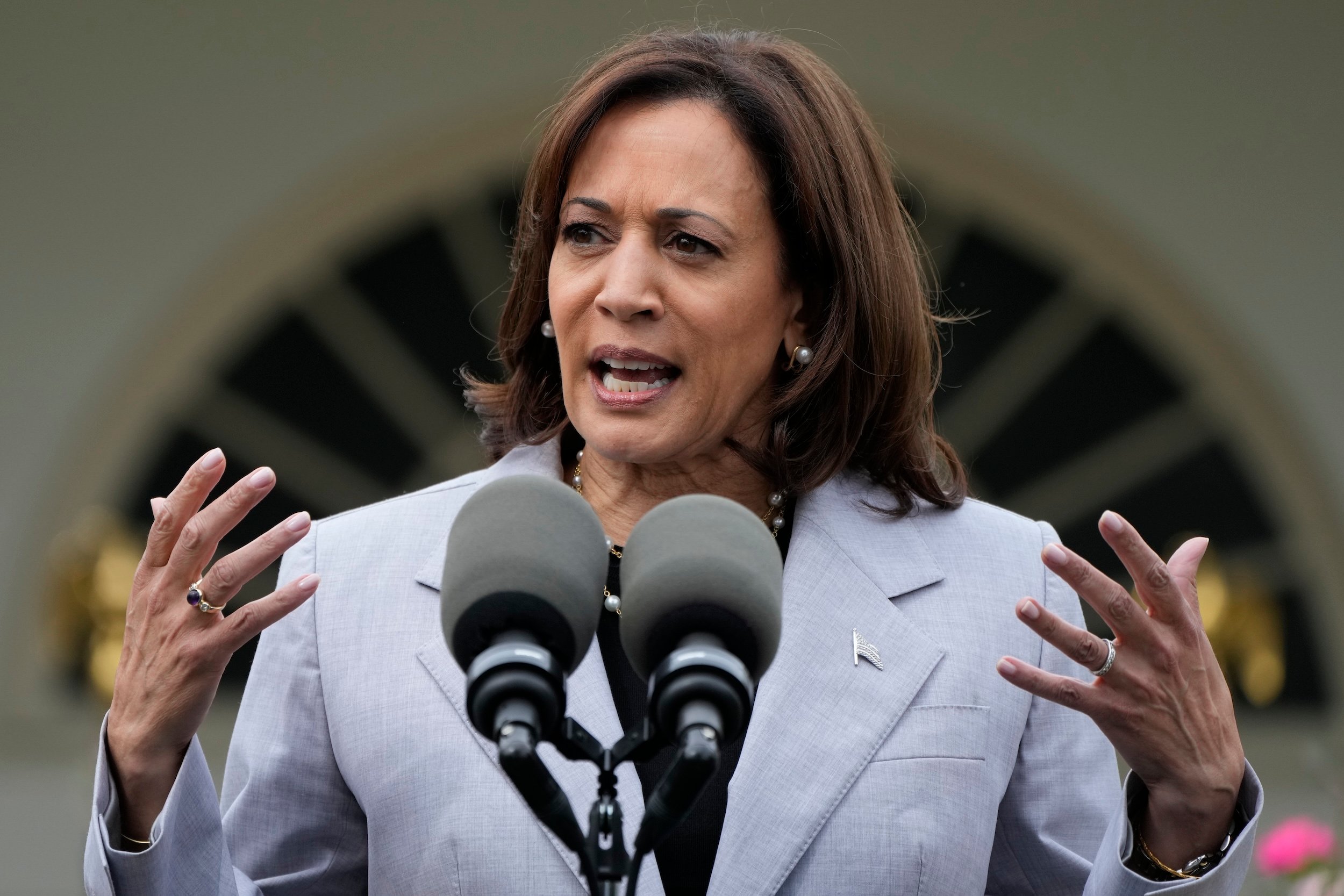What To Know Today
Home news! Tali Woodward becomes The Trace’s editor in chief. The promotion for Tali, who joined the organization in 2018 as our deputy editor, became official on June 2. “Our mission has never been more urgent, and we’re extraordinarily fortunate to have Tali leading our coverage,” said managing director James Burnett. “It’s an honor to get to work every day with an ambitious team of journalists determined to give gun violence the kind of coverage it needs,” Woodward said. “We’re proud of the work we’ve produced, but there is so much more reporting to be done on this critical issue.” You can read more about the exciting news here. Having worked with Tali for two years and witnessed her careful and brilliant work, I am so excited to have her leading our newsroom. Congratulations, Tali! — T.K.
Behind the scenes of our ATF reporting. When it comes to gun violence, many Americans focus on laws: which ones work (or don’t) and how new ones might curtail the epidemic. But just as important as regulation is enforcement, and less attention goes to the people charged with implementing these laws. Chief among them is the Bureau of Alcohol, Tobacco, Firearms and Explosives, the primary federal entity tasked with regulating the gun industry. Because of the political nature of firearms in America, the agency has been underfunded and ill-equipped for years, and it has operated in near-secrecy to avoid further scrutiny. Before I even joined The Trace in 2019, I came to the team here with an opportunity. A lawsuit from the gun reform group Brady had unearthed thousands of never-before-seen records on the ATF’s regulatory division and the thousands of gun stores it found flouting federal law. Our plan was simple: Assemble a team of the best gun reporters, negotiate for the documents, and meticulously comb through them for hard data and leads. In terms of scope and time investment, the ensuing reporting process was unlike any other I’d been a part of. We spent countless hours combing through and deciphering poorly scanned or redacted federal documents. But the trove — reports of gun dealer violations from 2015 through 2017 — was just a small and often blurry window. To provide clarity, we spent hours talking to sources with the knowledge and expertise to help us interpret the documents. The work ultimately took years, but it painted a clear portrait of an ATF that routinely chose to go soft on problematic gun dealers, whether because of deficient resources or a timid enforcement culture. I hope you’ll learn something new from our years-in-the-making project looking back at the federal agency held captive by the industry it’s meant to regulate. You can read our main story here, and find the other components, including a tool to search gun stores in your area, here. — Alain Stephens, Western correspondent
Nationwide gun violence marks another Memorial Day weekend. The traditional beginning of summer often brings a surge in shootings, and this year was no exception. More than 300 incidents across the country left more than 120 people dead and over 270 injured, according to the Gun Violence Archive. The tragedies included eight mass shootings that claimed seven lives and injured at least 48 others, with a particularly brazen shooting outside a Miami concert venue that left two people dead and at least 20 injured.
NEW from THE TRACE: Our Q&A with the data expert who leads Gun Violence Archive. For years, Mark Bryant has almost single-handedly kept track of the real-time picture of gun violence that The Trace and so many others rely upon. Jennifer Mascia recently spoke to the retired computer systems analyst and lifelong gun owner. Among other topics, Bryant reveals the origins of his project, his thoughts about why the media is embracing a more expansive definition of mass casualty shootings, and the importance of documenting gun violence in general. “Mass shootings account for about 5 percent of our work. The media puts much more effort into the 5 percent than the 95 percent,” he said. “And that to me is a problem.” You can read the interview here.
In 2020’s historic gun surge, 1 in 5 were first-time buyers. That’s according to preliminary numbers from the Northeastern University and Harvard Injury Control Research Center obtained by The New York Times. The data also indicated that new owners were less likely to be white men last year, with half of them women, a fifth Black people, and a fifth Hispanic people. The survey of 19,000 people was conducted in April, and the results showing that 20 percent were first-time buyers matched numbers from 2019. The General Social Survey, a separate newly released public opinion poll from the NORC at the University of Chicago, found that the share of American households that owned guns reached 39 percent last year, seven percentage points up from 2016. For more on last year’s historic sales: Follow our tracker, which is updated monthly.
Texas officials say they foiled a planned mass shooting at a Walmart. Less than two years after a man targeting people of Mexican descent killed 22 people at an El Paso Walmart, undercover agents over the weekend say they stopped a resident who allegedly told an online forum he was planning his own massacre at one of the retail stores. Law enforcement said a search of the 28-year-old man’s home turned up assault weapons and white supremacist paraphernalia.
Data Point
73 percent — the share of gun owners in 2021 who are white. By comparison, 12 percent are Hispanic, and 10 percent are Black. [Northeastern University/Harvard Injury Control Research Center, via The New York Times]

